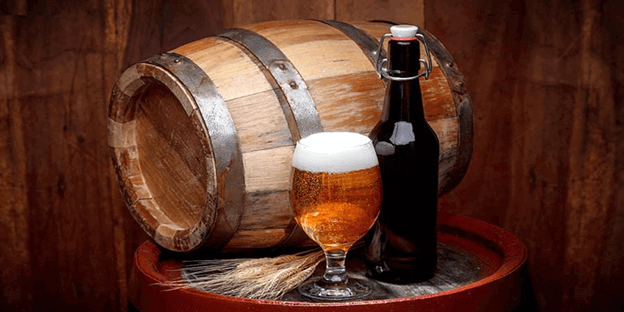The brewing industry is a multi-billion dollar industry. The sector incorporates both brewing companies, suppliers, and manufacturers of brewing equipment like cnbeerbrewingequip.com. The industry has been subject to a lot of changes over the years, especially in the areas of manufacturing. Traditionally, individuals practiced in-house brewing using cloths, however currently commercial and mass production of beer has led to the establishment of large breweries.
Some must-have equipment in a brewery is mashing, boiling, cooling, lautering, and fermenting equipment. Fermenting, in brewing, is the process through which sugars gets broken down into alcohol and carbon dioxide in the presence of yeast and a catalyst of the reaction. The type yeast used in the fermentation of beer determines the type of beer that is made.
Types of Fermentation in Beer Making
There are three main types of fermentation in brewing. To understand these modes of fermentation, you first need to understand the two main types of yeast.
- Ale yeast– this is a yeast that rises to the top of the fermentation tub or tank. It works best at warm temperatures between fifty-nine and seventy-seven degrees Fahrenheit.
- Lager Yeast– this is a type of yeast that sinks to the bottom of the fermentation tub. It works best at cold temperatures of between forty-one and fifty degreed Fahrenheit.

- Top Fermentation
This type is fermentation, uses ale type of yeast. In this process, the yeast is mixed with the beer, but after swirling throughout the beer, it settles at the top of the drink. Top fermentation is a style of fermentation where the yeast has a higher tolerance to the alcohol and the ferments at a higher temperature. Beers produced through top fermentation include brown, pale, and India pale Ale, Belgian, wheat, and Wheat Beer.
- Bottom Fermentation
The type of yeast that is used in this lager yeast as it sinks to the bottom hence the name bottom fermentation. Compared to its counterpart above, bottom fermentation is slower, and it happens at colder temperatures. This is because it has a lower tolerance for alcohol at high temperatures. Examples of beers that are a product of bottom fermentation include pale and dark lagers, pilsner and German-style bocks.
- Spontaneous fermentation
Spontaneous fermentation happens when the beer is exposed to both wild bacteria and yeast that both act as catalysts for the fermentation process. Belgium brewers were the first in the world to practice this type of fermentation. However, not too long after, other countries in the globe followed suit as it is the best method for making sour and funky-tasting beers. Examples of beers made in this process are Belgian gueuze, fruit lambic, and American sour beer.
Take Away
The process of making beer is an art, as well as a science. It is a pretty precise process that starts with the mashing of grains, which are, in this case, referred to as malt. The next steps are also exact, regardless of the manufacturers and the equipment in use. The difference lies in the areas of raw materials as they affect the flavors of the final product. As mentioned above, the type of yeast used also affects the kind of end product achieved.
